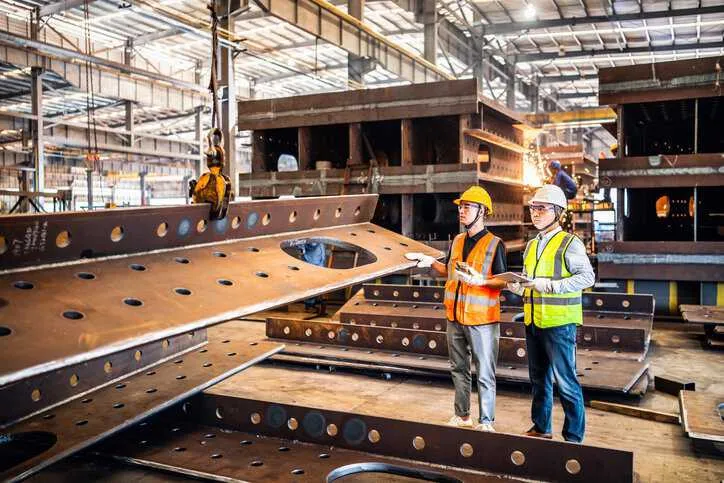ANSI/ISO 12100:2012—Machine Safety Risk Assessments

To ensure the safety of work crews and the machinery they operate, systematically collecting information on necessary improvements is imperative, especially when complex industrial machinery and sophisticated automation tools are used. A machine risk assessment identifies potential machine hazards, their severity, and how frequently people may be exposed to them. After conducting a machine risk assessment, strategies and machine-guarding techniques can be implemented to minimize or avoid danger and harm to workers and machines. ANSI/ISO 12100:2012— Safety Of Machinery – General Principles For Design – Risk Assessment And Risk Reduction applies to risk assessment and risk reduction processes for machine safety.
What Is a Machine Risk Assessment?
Organizations that have any machinery should have a risk assessment related to that machinery. A risk assessment is a systematic evaluation of all the hazards associated with the machine and the risks that those hazards may generate. The more hazardous or sizeable the machinery is, the more detailed and complex the risk assessment will need to be. Performing risk assessments are essential to assure a safe workplace. Additionally, lower accidents will result in improved morale, safety culture, and productivity.
What Is ANSI/ISO 12100?
ANSI/ISO 12100:2012 specifies basic terminology, principles, and a methodology for achieving safety in the design of machinery. This American National Standard specifies principles of risk assessment and risk reduction to help designers in achieving this objective. These principles are based on knowledge and experience of the design, use, incidents, accidents, and risks associated with machinery.
ANSI/ISO 12100:2012 describes procedures for identifying hazards and evaluating risks during relevant phases of the machine life cycle. Procedures are also specified for the elimination of hazards or the provision of sufficient risk reduction. The standard gives guidance on the documentation and verification of the risk assessment and risk reduction process.
This standard is also intended to be used as a basis for the preparation of type-B or type-C safety standards.
What Information do You Need to Conduct a Risk Assessment?
ANSI/ISO 12100:2012 details that risk assessment comprises of the following information to conduct risk analysis:
- Determination of the Limits of the Machinery: all phases of the machinery life cycle. This means that the characteristics and performances of the machine or a series of machines in an integrated process, and the related people, environment, and products, should be identified in terms of the limits of machinery.
- Hazard Identification: the systematic identification of reasonably foreseeable hazards (permanent hazards and those which can appear unexpectedly), hazardous situations, and/or hazardous events during all phases of the machine life cycle, i.e., transport assembly, and installation; commissioning; use; and dismantling, disabling, and scrapping. Only when hazards have been identified can steps be taken to eliminate them or to reduce risk
- Risk Estimation: the risk associated with a particular hazardous situation depends on the following risk elements—severity of harm (severity of injuries and how many people would be injured) and the probability of occurrence of that harm (the exposure of persons to the hazard). Risk estimation is carried out for each hazardous situation by determining the elements of risk.
ANSI/ISO 12100:2012— Safety Of Machinery – General Principles For Design – Risk Assessment And Risk Reduction is available on the ANSI Webstore and in the Standards Packages: ANSI/ISO 12100 / ISO 13849-1 / ISO 13849-2 – Safety of Machinery Package and ANSI/ISO 12100 / ISO/TR 14121-2 / ANSI B11.0 – Risk Assessment of Machinery Package.






